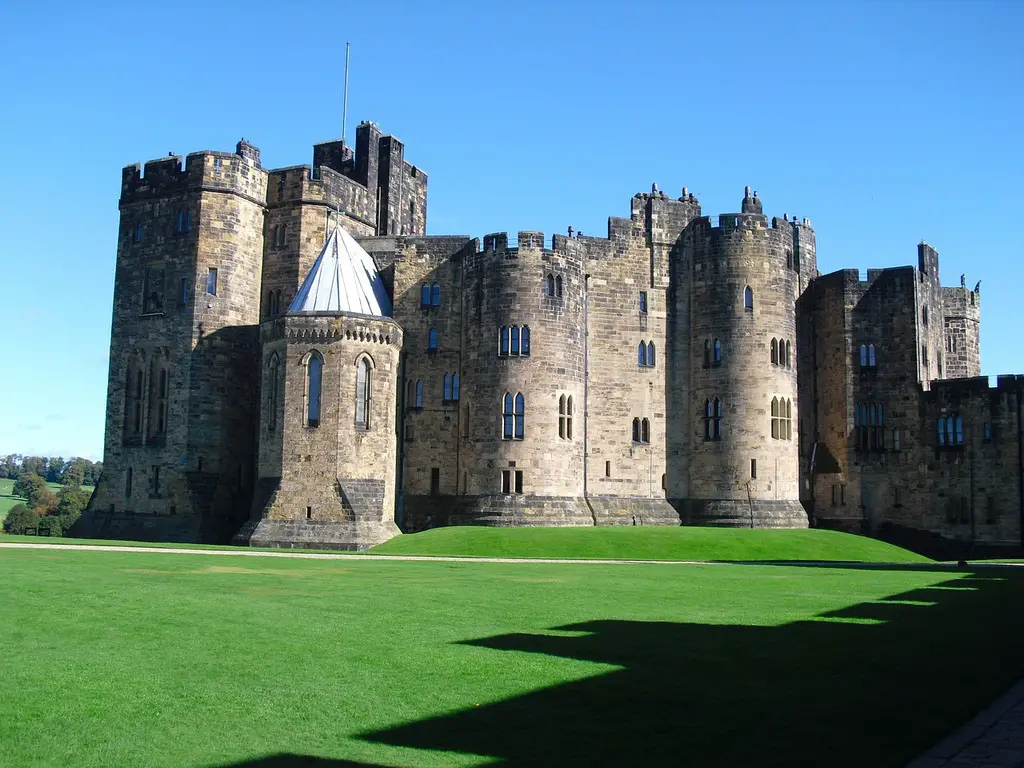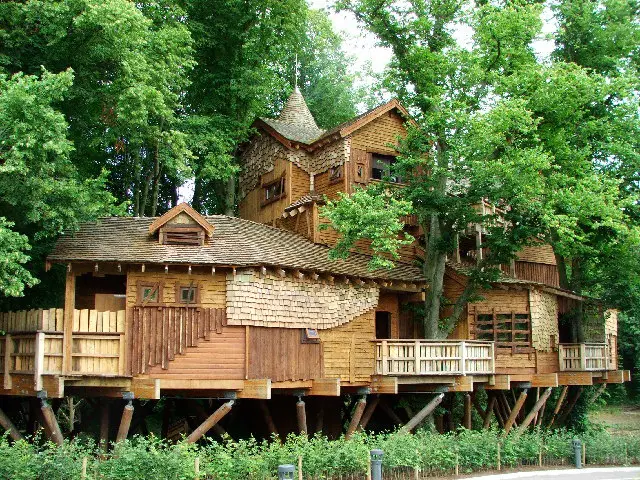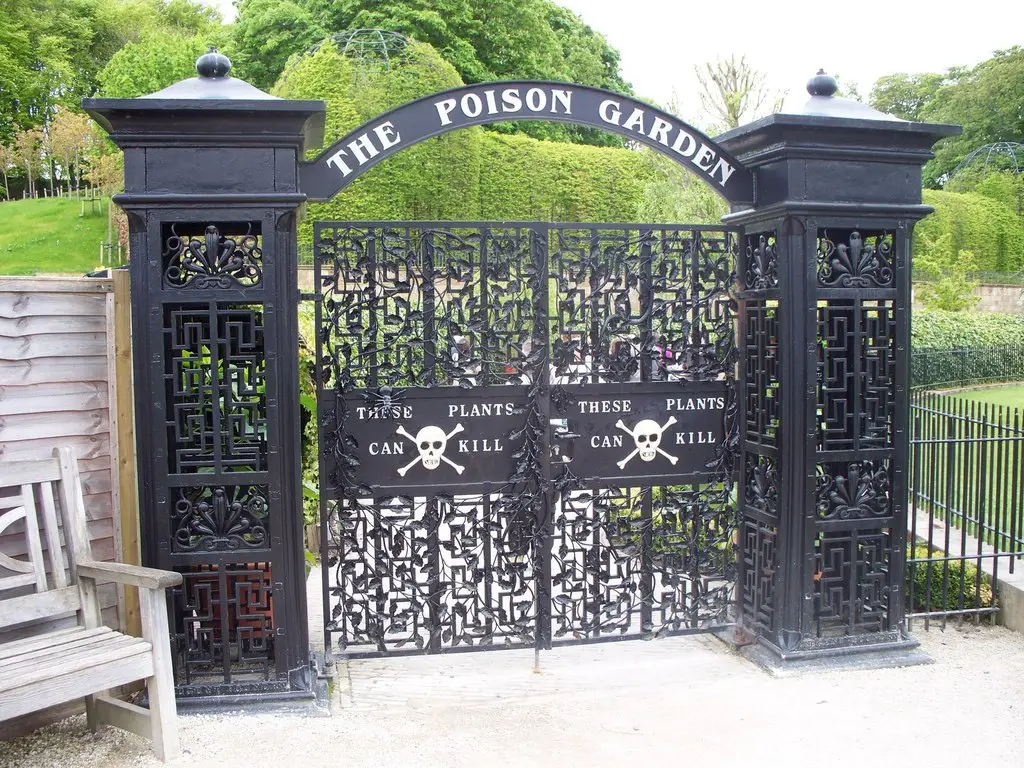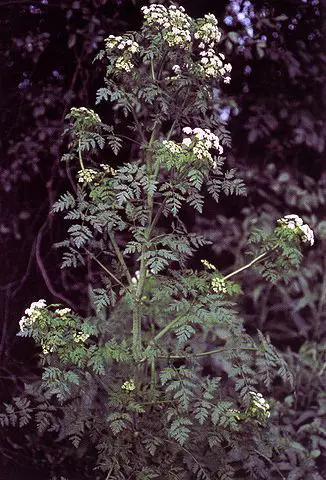Most gardens are lovely places that have flowers and other plants that are neatly arranged, and a particular garden in England is no different. Except enclosed within this garden is an area for plants that are completely off-limits, and they could also kill you.
Alnwick Garden in northern England is a 14-acre area that is a popular tourist attraction, but inside the garden, behind a pair of large black gates that is adorned with a skull and crossbones, lies an extremely deadly attraction–the Alnwick Poison Garden.
The Alnwick Poison Garden is just as the name implies. The fenced-off area contains some of the most deadly plants on the planet. There is even a warning not to touch the plants or even smell them because these plants are dangerous.
There are around 100 plants that are considered deadly that grow in the garden. There’s Atropa belladonna, or deadly nightshade, where consumption of two to five berries can probably kill you, and the ingestion of one leaf might put you down. It’s also one of the most poisonous plants in the Eastern Hemisphere. There’s the famous Conium maculatum, also known as hemlock. This was the one that killed Socrates. There’s the Strychnos nux-vomica, or strychnine, a tree with seeds that can cause muscular convulsions, asphyxia, and death when ingested.
To top it off, there’s the Ricinus communis plant, which can be used to make castor oil but also has a seed that can cause death in an unpleasant way through the action of the poison ricin. Also included in the garden are narcotics such as cannabis, opium poppies, and hallucinogenic mushrooms. But why does this particular garden even exist?
In 1995, Jane Percy became the Duchess of Northumberland after her husband’s brother died. She found herself in possession of Alnwick castle and its large garden, which hadn’t been tended to in years. In 1996, Percy reworked the garden with a landscape architect to design it into a modern garden. To make her garden stand out from others, she envisioned an area that was unique within the garden to plants that were deadly and could kill instead of focusing on those that could heal. The Poison Garden opened in Alnwick Garden in 2005.
The Poison Garden isn’t just an area you can stroll through at any time. Some of the plants are caged because of their danger level, and the garden is under a constant 24-hour security watch behind gates.
The rest of the Alnwick Garden holds other interesting things to see, such as a large, cascading fountain, and one of the largest treehouses in the world. Interestingly, the Alnwick castle stood in as Hogwarts in the first two Harry Potter films.


Sources: Alnwick Garden, Smithsonian, Atlas Obscura



